Aquaculture is a growing industry, and the demand for quality water has increased. To produce high-quality seafood, it is important to maintain the water pH at balance. Proper pH balance is essential for the growth and health of fish and other aquatic organisms. A water pH balancer can adjust the pH of freshwater or marine water.
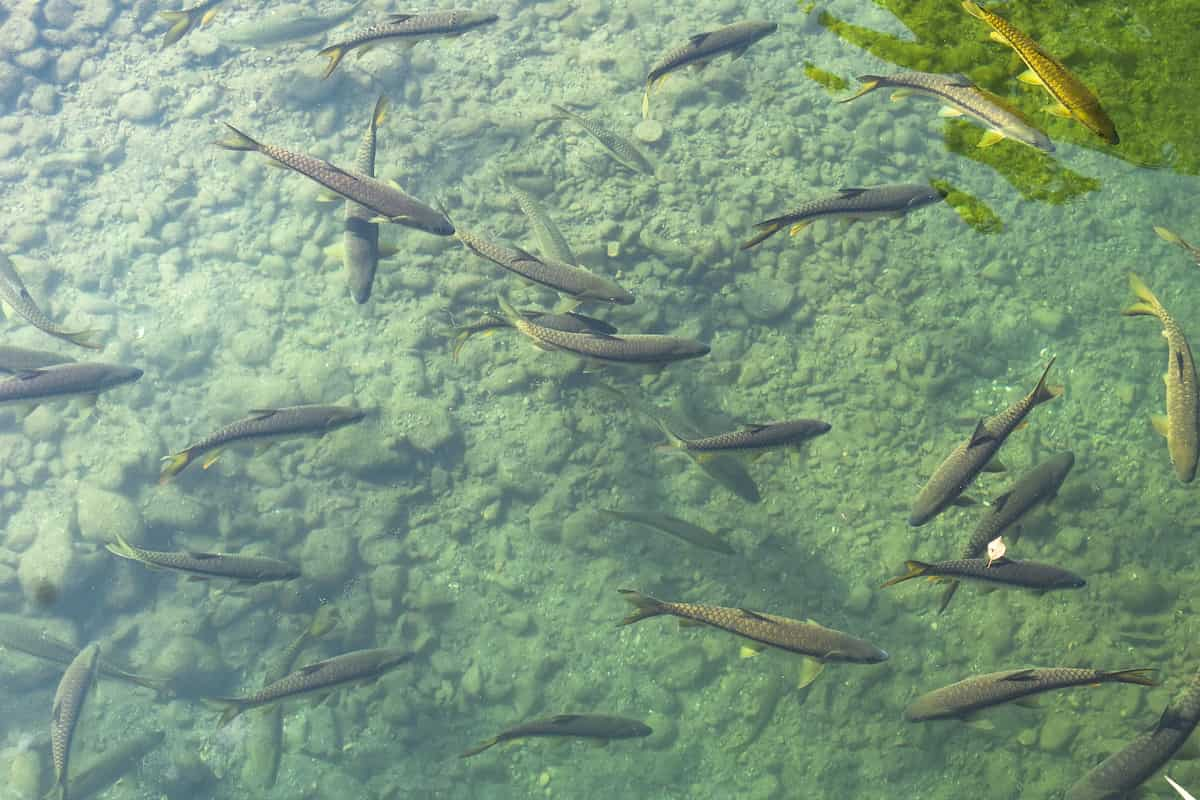
How to balance water pH in aquaculture
What is a Water pH Balancer?
A water pH balancer is a tool used to adjust the pH of marine and freshwater aquariums. Aquariums with stabilizers or buffers can also be adjusted using a water pH balancer. Water pH balancers come in different types, each designed for a specific purpose. Water pH levels in aquaculture can be critical to the farm’s success. Balancing water pH is important for two reasons: it helps to maintain optimal aquatic conditions, and it helps to prevent diseases.
The appropriate water pH for aquaculture depends on the species and condition of the fish or other aquatic animals being raised. Most commercial fish farms target a range of pH between 6.0 and 8.5, with an ideal range of around 7.4. Balancing water pH is a delicate process that requires regular monitoring and adjustment. Many methods are available for achieving this balance, but a water balancer is often used.
Water balancers use a variety of chemicals and devices to adjust water pH levels; the most common are soda ash and potassium bicarbonate solutions. When using a water balancer, it is important to adjust the solution dosages regularly. Natural fluctuations in pH can create major fluctuations in fish populations and tank parameters such as dissolved oxygen levels, temperature, salinity, etc.
Types of water pH balancers
There are two basic water pH balancers: those that use a mechanical arm and those that use electrodes. The mechanical arm type uses a pump to move the buffering agent or stabilizer solution through the unit, while the electrode type uses platinum or silver wires to remove acid or alkaline ions from the water. Both have advantages and disadvantages. The main advantage of the mechanical arm type is that it is easier to use because you only need to add the buffer solution once and then turn on the pump.
The disadvantage is that it can be slow, meaning your aquarium may not get an immediate adjustment. The main advantage of the electrode type is that it provides an immediate adjustment and can be more accurate than the mechanical arm type. The disadvantage is that it can be more expensive and require more maintenance.
Tips for choosing the right water pH balancer for your aquaculture system:
- When properly managed, aquaculture can provide a sustainable source of food. However, the high-water quality and sanitation standards challenge keeping pH levels within safe ranges.
- A water pH balancer is one way to manage pH levels in aquaculture systems. These devices help keep water at an even range, thereby preventing fluctuations in pH levels that can lead to disease outbreaks.
- Choose a balancer with adjustable set points to fine-tune it to your specific needs.
- Consider how often the device will need to be calibrated or replaced. For example, a precision instrument like a refractometer can calibrate the balancer regularly, or you may choose to have the device automatically recalibrate itself according to certain parameters (like temperature).
- Ensure the device has enough outlets to connect multiple tanks or ponds simultaneously.
- Be aware of how much power the balancer requires—the higher the wattage, the greater the potential lag time between when you press a button and when changes in pH occur in your tank(s).
In case you missed it: Yelakki Banana Farming in India: Production and Cultivation Management Practices
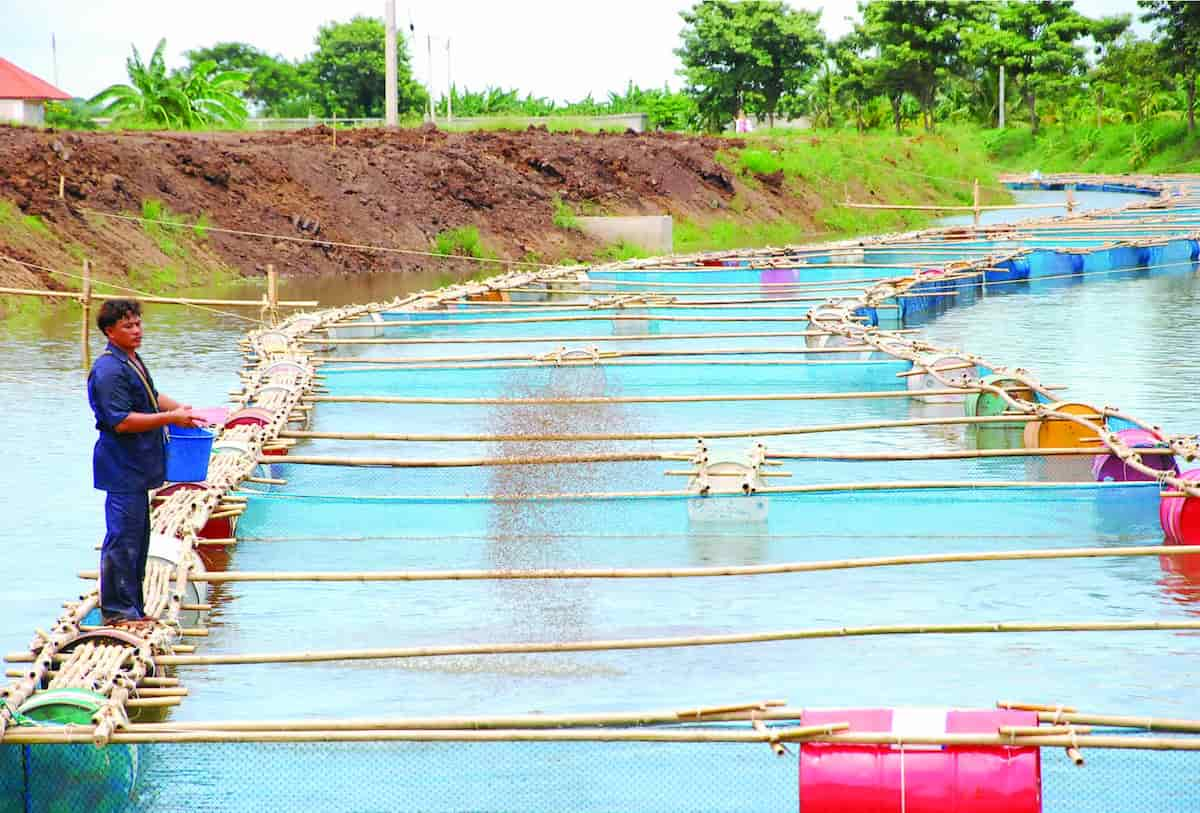
How does a water pH balancer work?
The water pH balancer for aquaculture is a machine that adjusts the water pH to ensure that the fish are healthy and thriving in their aquatic environment. The proper pH balance is essential for the growth of healthy aquatic organisms. A water pH balancer helps to keep the pH at the desired level by exchanging acid and base molecules into and out of the water. The pH balancer uses a series of filters and electrodes to alter the acidity or alkalinity of the water, which ultimately affects its pH level.
Maintaining a balanced pH level is important to keep your fish healthy, as high levels of acidity or alkalinity can cause physiological problems in fish, such as stunted growth, poor immune function, and increased susceptibility to disease. The pH balancer can also be used to adjust the water chemistry within an aquaculture system – helping to create a more conducive environment for fish spawning, development, and growth. The best way to use a water pH balancer is to start with a low adjustment value and work your way up as needed.
If you are using an electronic pH balancer, it is important to calibrate it every few months by adding distilled (or de-ionized) water until you get an accurate reading. While various water pH balancers are available today, they all typically operate similarly. Typically, these devices include an input cup that receives freshwater or saltwater from an external source (such as a river or ocean) and an output cup that transfers the appropriate amount of acid or base to the water.
Once the device is properly set up and calibrated, it will start working automatically to maintain a desired water pH level. While this may sound like something that could be difficult to do on your own, most water pH balancers make it easy to get started by including instructions on how to use them. In addition, many retailers now also offer remote management systems for these devices so that you can adjust their settings from anywhere in your aquaculture facility.
Benefits of using a water pH balancer in aquaculture
A water pH balancer is a great way to keep your aquaculture system stable and healthy. Balancing the water pH can prevent fish diseases and promote growth. Here are some benefits of using a water pH balancer in your aquaculture:
Keeps your aquaculture system stable
Aquaculture systems can be quite sensitive to changes in water pH. A water pH balancer can help maintain a consistent pH level, preventing fish diseases and promoting growth.
Prevents fish disease
Water with an incorrect balance of acidity or alkalinity can cause problems for your fish, such as stunted growth or even death. Using a water pH balancer, you can maintain a consistent environment that prevents Fish Disease caused by improper water balance.
Managing high pH in freshwater ponds
One of the most common problems when managing freshwater ponds is maintaining an appropriate pH. Too much acidity can cause fish diseases, while alkalinity can inhibit growth and reproduction. A water pH balancer is a great tool for managing pH in ponds, especially when using natural sources of CO2. When adding CO2 to a pond, it’s important to maintain the balance between nitrate and carbonate.
Too much nitrate will cause a high pH, while too much carbonate will result in a low pH. Balancing the carbonate/nitrate levels can be done manually by adding limestone or dolomite to the pond or using a water pH balancer to regulate the CO2 levels. Water pH balancers use either mechanical or electronic means to control CO2 levels in the water.
Mechanical water pH balancers operate like fountains with valves that shut off as needed to maintain the desired pH level. Electronic water pH balancers work by continuously measuring CO2 levels and adjusting pump speeds accordingly. Both water pH balancers are available in small and large sizes and are relatively affordable.
In case you missed it: VNR Guava Farming: Cultivation Practices and Production Management
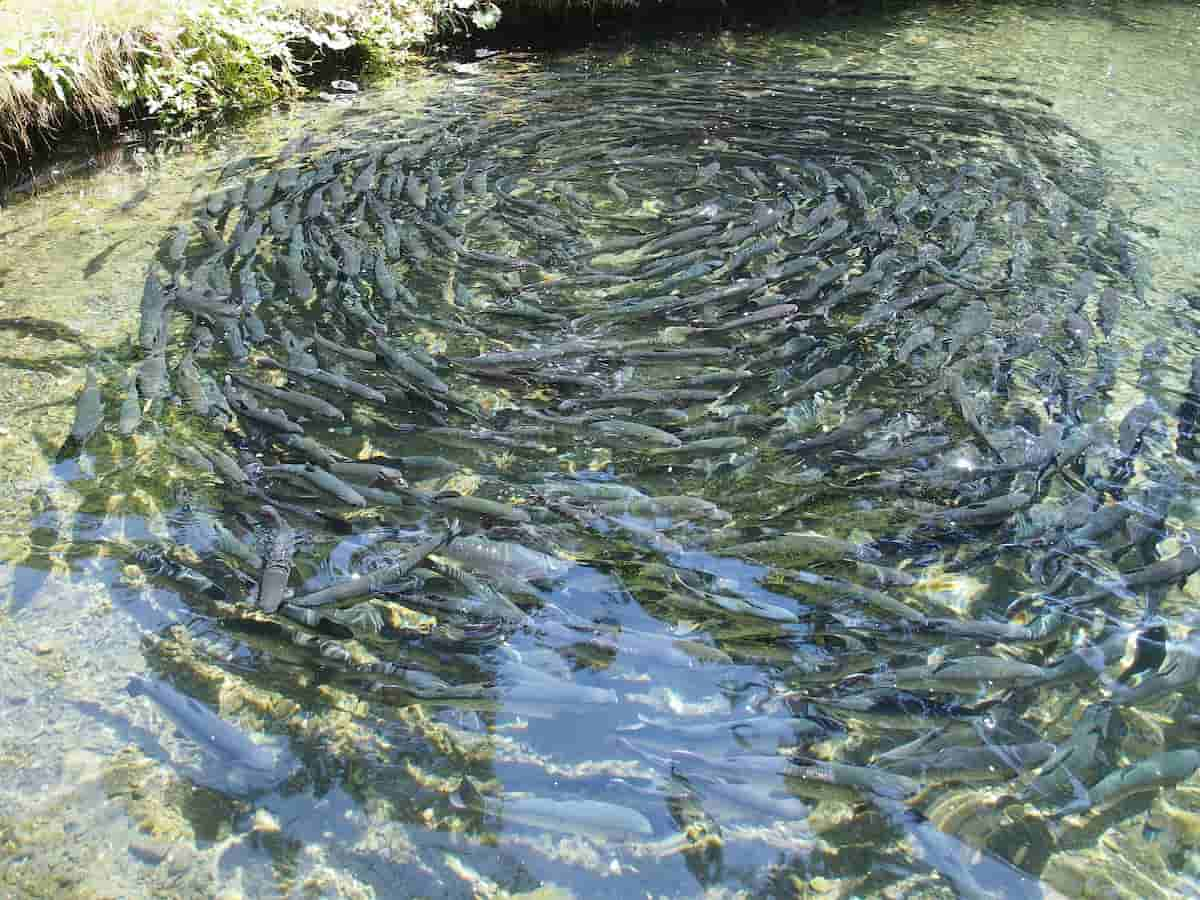
What to do if the Water pH Balancer Doesn’t Balance?
If your water pH balancer is not balancing the water, ensure that the unit is plugged in and properly connected to your aquaculture system. If the unit is still not working, there may be a problem with the balance mechanism. To test the balance mechanism, add a small amount of vinegar to one of the reservoirs and watch as the pH changes in both reservoirs. If the pH change is significant in one reservoir but not in the other, it likely means a problem with the balance mechanism. In this case, you will need to replace or repair the balance mechanism.
How to Balance a Water pH Balancer for Aquaculture?
The water pH balancer for aquaculture is one of the most important tools you will need in your aquaculture lab. Balancing the water’s pH can help ensure a healthy environment for your fish and other aquatic organisms. Below are a few things needed to balance a pH balancer for aquaculture:
- A pH meter
- A water sample
- A water balancer (or test kit)
- Start by taking a sample of water and measuring its pH with your pH meter. You can use tap or bottled water, whichever is more convenient for you. Make sure to take enough samples to have a good representation of the range of pH values in your tank.
- Once you have collected the water samples, it is time to balance the pH balancer! This can be done using manual methods or with some electronic test kit. If using an electronic test kit, be sure to follow the instructions provided on the packaging.
- Once the pH balancer has been balanced, store it in a safe place so you can use it again when necessary.
Methods for balancing water pH
The two most common methods for balancing water pH are using a buffer or an acidifier. Buffers use chemicals to adjust the pH level, while acidifiers add acids or bases to the water to lower or raise it respectively. Both methods have advantages and disadvantages, so choosing the best suited for your specific situation is important.
1. Use a buffering agent: A buffering agent is one of the most common methods for balancing water pH. These agents work by mimicking the natural buffers, such as bicarbonate ions. Doing so helps keep the pH level stable without requiring special equipment or knowledge.
2. Use an acidifying agent: Another option is to use an acidifying agent, such as hydrochloric or sulfuric acids. These agents break down into hydrogen chloride and sulfur dioxide, which lowers the pH level. Adding hydrogen ions minimizes these losses and keeps the water at an acceptable level for aquatic life.
In case you missed it: Poultry Farming in Israel: Key Rules, Business Plan, Breeds, Cost, and Profit
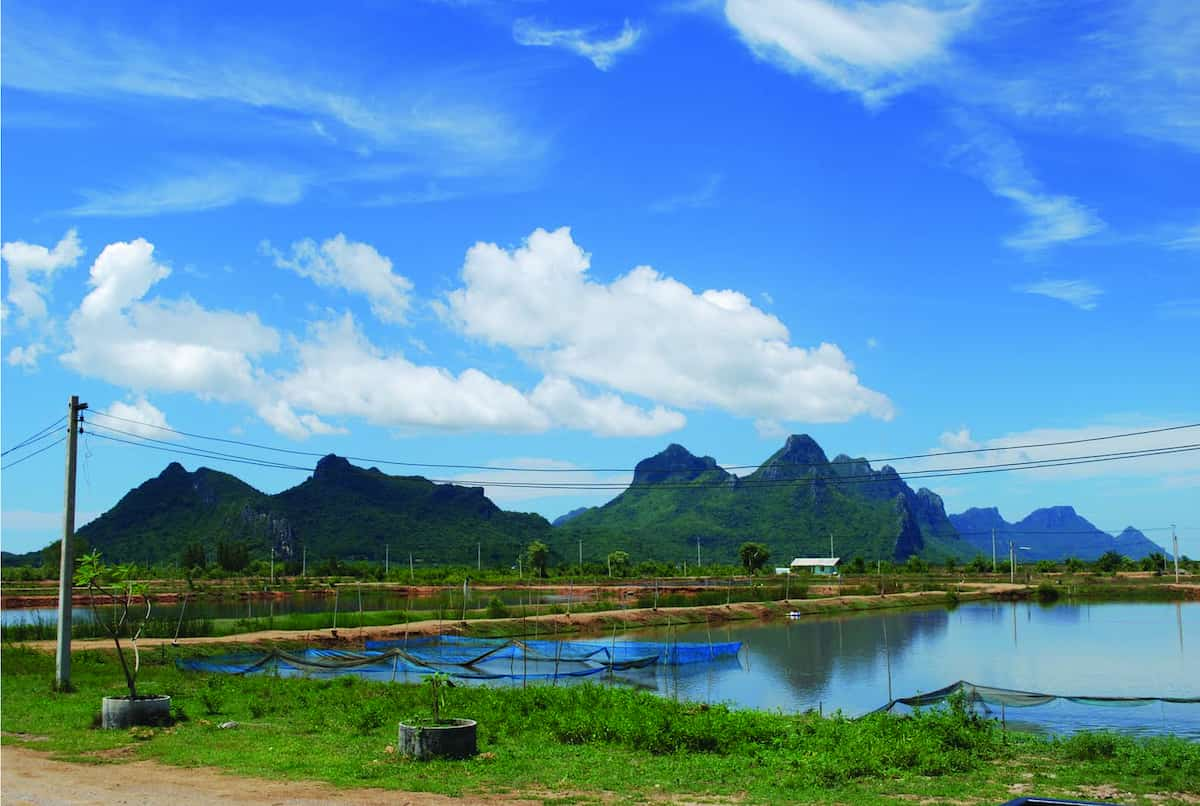
Effect of water pH on Aquaculture
Aquaculture is the industry of cultivating aquatic species for food, fiber, or recreation. Therefore, the water in which aquatic creatures live and grow needs to be balanced for optimum growth and health. To maintain a healthy balance, aquaculturists use water pH adjusters. Water pH adjusters are devices that change the pH of the water to make it more acidic or alkaline. When adjusting pH levels, aquaculturists aim to mimic the natural environment where their aquatic creatures thrive. This can be done by adding acidifiers or alkalizes to the water.
Testing and Maintenance of the Water pH Balancer
A water pH balancer is an important tool for aquaculture. It helps to maintain the correct water pH levels and improve the growth of fish and other aquatic organisms. Regular testing and maintenance are essential to ensure the water pH balancer works properly. Always clean the unit with a mild soap and water solution before each use. If the pH level falls below 7.2, adjust the acidity or alkalinity tanks accordingly using calibrated solutions or buffers.
In addition, be sure to check all connections, hoses, and fittings for any leaks. Replace any worn or damaged parts as needed. Finally, keep an eye out for signs of wear or damage, such as corrosion on metal parts or excessive build-up of lime or calcium deposits on plastic screens. If these occur, have your water pH balancer serviced immediately.
In case you missed it: How to Start Shrimp Farming in Australia: Key Rules, Business Plan, Cost, and Profit
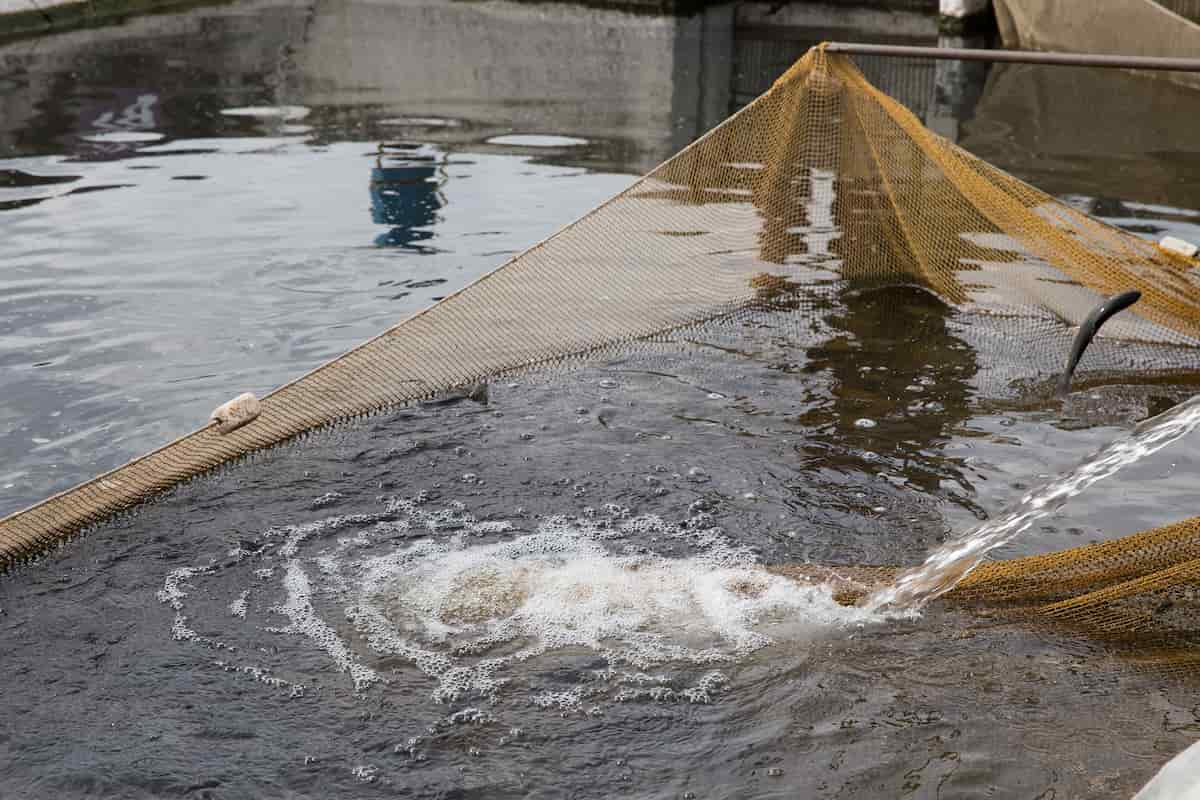
What causes high pH in water in Aquaculture?
Aquaculture is a big business, and water is a big issue. It’s not just the fish that is affected by high pH levels in aquaculture water, but also the plants, animals, and humans that live nearby. Aquaculture operators must be careful about controlling water pH to produce healthy fish and other aquatic organisms. The reason for high pH levels in aquaculture water can vary depending on where it’s coming from. Some of the causes can be:
- Use of municipal wastewater (or any wastewater treatment plant effluent) as the primary source of nutrients and alkalinity for aquaculture;
- The use of agricultural fertilizers or manure as the primary source of nutrients for aquaculture;
- Improperly managed natural ecosystems adjacent to an aquaculture production area;
- Incorrect maintenance or modification of an existing irrigation system supplying freshwater to an aquaculture production area.
How to decrease water pH in Aquaculture?
The first way is to add acid to the water. HCl, NaOH, or KOH can make acid. The most common way to add acid is through an HCL solution. However, adding too much acid can damage the fish and equipment, so it is important to use a diluted solution and monitor the pH levels closely.
The second way to decrease water pH is through carbon dioxide injection. Carbon dioxide injection lowers the pH of the water by creating bubbles that remove hydrogen ions from the water. This process happens quickly and can be automated, making it a popular choice for large-scale aquaculture operations. However, injecting carbon dioxide also creates gas bubbles that can cause displacement of other aquatic life forms, which may impact production yields. Additionally, adding carbon dioxide increases temperature and may impact production rates.
How to increase the pH of pond water in Aquaculture?
- Aquaculture operations require accurate pH control to optimize production. Many factors, such as species and diet, can affect water pH. Even small changes in pH can have a significant impact on aquaculture productivity.
- There are several ways to adjust water pH in aquaculture systems, but a water pH balancer is the most common method. A water pH balancer is an electronic device that adjusts water PH levels automatically according to desired targets.
- First, determine the desired target pH level using a water pH balancer. Next, input the desired target into the balancer’s controller. The controller then signals the water PH adjustment unit to change the water’s PH level.
In case you missed it: Organic Little Millet Farming: Cultivation Practices and Production Management
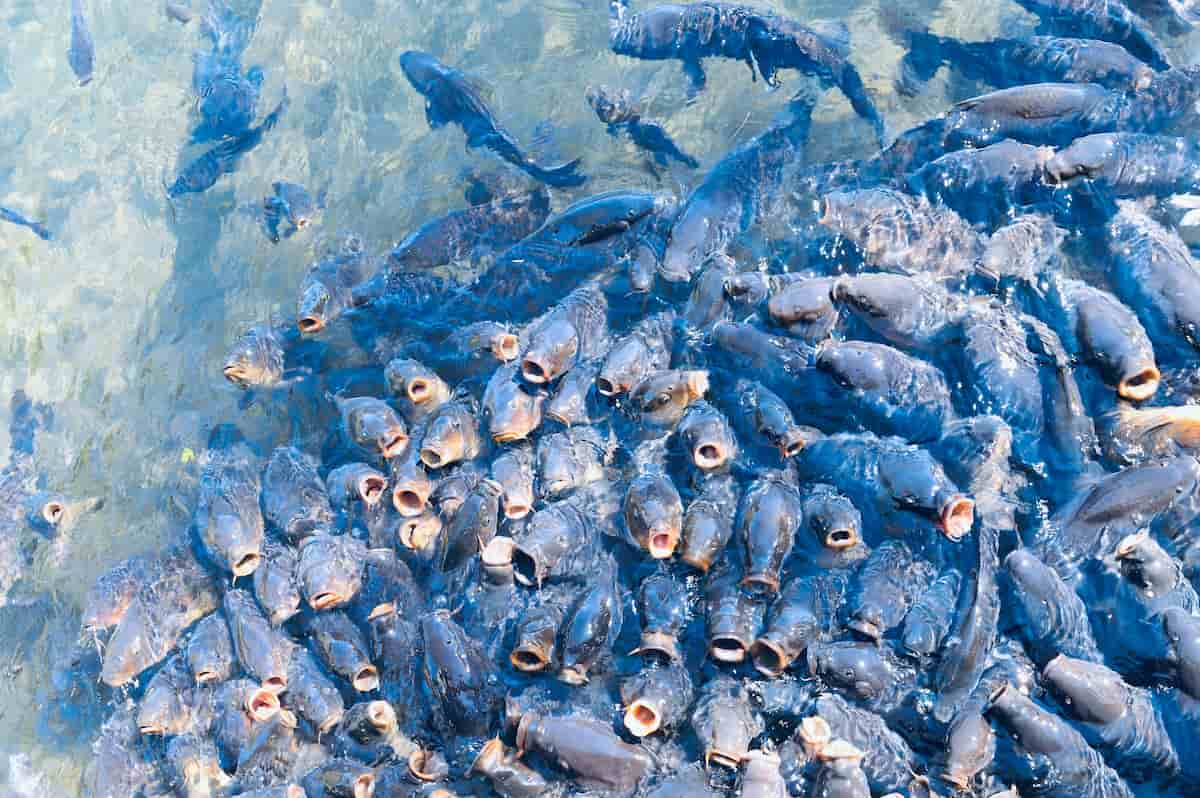
Problems with a low pH level in an aquaculture tank
One common problem with a low pH level in an aquaculture tank is that it can lead to the overgrowth of algae. Algae are photosynthetic organisms that use sunlight to produce energy. They consume oxygen which can reduce dissolved oxygen levels in an aquarium, leading to fish gasping for air and increased bacterial populations (which can also cause problems). High nitrate levels also occur when the pH falls below 6.8 because this chemical becomes more soluble at lower pH levels.
Nitrogenous wastes such as ammonia and nitrite can build up until they reach toxic levels, killing off vegetation and disturbing the ecological balance of an aquarium. Keeping your water’s pH level is important to prevent these problems by using a water balancer or buffer system. Water balancers regulate the amount of acid or base that enters or leaves a tank, respectively.
Conclusion
Proper pH control is essential to maintaining food quality and safety in aquaculture. A water pH balancer is a device that helps to maintain the water pH at a balance. It does this by absorbing and releasing acid or base into the water. This allows the pH to stay within an acceptable range without constantly adjusting it.
- Types of Pesticides Used in Agriculture: A Beginner’s Guide
- Economical Aquaculture: A Guide to Low-Budget Fish Farming
- 15 Common Planting Errors That Can Doom Your Fruit Trees
- How to Make Houseplants Bushy: Effective Tips and Ideas
- Innovative Strategies for Boosting Coconut Pollination and Yield
- Pollination Strategies for Maximum Pumpkin Yield
- The Complete Guide to Chicken Fattening: Strategies for Maximum Growth
- Natural Solutions for Tulip Problems: 100% Effective Remedies for Leaf and Bulb-Related Issues
- Revolutionizing Citrus Preservation: Towards a Healthier, Greener Future
- Natural Solutions for Peony Leaf and Flower Problems: 100% Effective Remedies
- Maximizing Profits with Avocado Contract Farming in India: A Comprehensive Guide
- Natural Solutions for Hydrangea Problems: 100% Effective Remedies for Leaf and Flowers
- The Ultimate Guide to Choosing the Perfect Foliage Friend: Bringing Life Indoors
- From Sunlight to Sustainability: 15 Ways to Use Solar Technology in Agriculture
- The Ultimate Guide to Dong Tao Chicken: Exploring from History to Raising
- The Eco-Friendly Makeover: How to Convert Your Unused Swimming Pool into a Fish Pond
- Mastering the Art of Delaware Chicken Farming: Essentials for Healthy Backyard Flocks
- 20 Best Homemade Fertilizers for Money Plant: DIY Recipes and Application Methods
- How to Craft a Comprehensive Free-Range Chicken Farming Business Plan
- Brighten Your Flock: Raising Easter Egger Chickens for Beauty and Bounty
- How to Optimize Your Poultry Egg Farm Business Plan with These Strategies
- Subsidy for Spirulina Cultivation: How Indian Government Schemes Encouraging Spirulina Farmers
- Ultimate Guide to Raising Dominique Chickens: Breeding, Feeding, Egg-Production, and Care
- Mastering the Art of Raising Jersey Giant Chickens: Care, Feeding, and More
- Ultimate Guide to Raising Legbar Chickens: Breeding, Farming Practices, Diet, Egg-Production
- How to Raise Welsummer Chickens: A Comprehensive Guide for Beginners
- How to Protect Indoor Plants in Winter: A Comprehensive Guide
- Ultimate Guide to Grow Bag Gardening: Tips, Tricks, and Planting Ideas for Urban Gardeners
- Guide to Lotus Cultivation: How to Propagate, Plant, Grow, Care, Cost, and Profit
- Agriculture Drone Subsidy Scheme: Government Kisan Subsidy, License, and How to Apply Online
- Ultimate Guide to Raising Araucana Chickens: Breed Profile, Farming Economics, Diet, and Care
- Bringing Hydroponics to Classroom: Importance, Benefits of Learning for School Students
- Ultimate Guide to Raising Polish Chickens: Breed Profile, Farming Economics, Diet, and Care
- Ultimate Guide to Raising Australorp Chickens: Profile, Farming Economics, Egg Production, Diet, and Care
- Silkie Chicken Farming: Raising Practices, Varieties, Egg Production, Diet, and Care
- Sussex Chicken Farming: Raising Practices, Varieties, Egg Production, Diet and Care